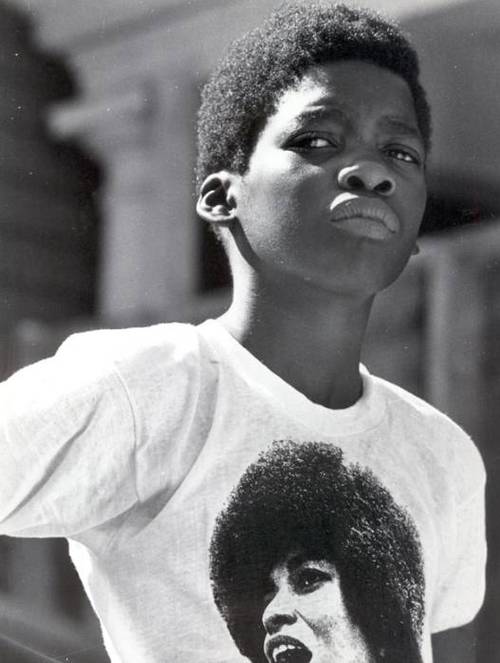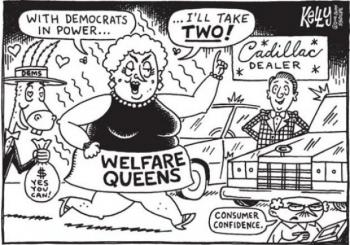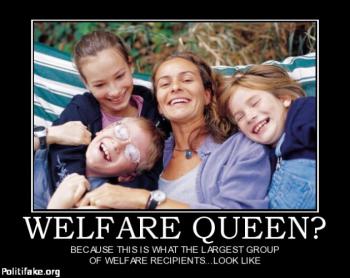Serendip is an independent site partnering with faculty at multiple colleges and universities around the world. Happy exploring!
Vision

Cell Block Tango to Arrested Development
http://www.youtube.com/watch?v=xqV7HOVOPLE&feature=related
Cell Block Tango from the movie version of Chicago
http://www.youtube.com/watch?v=yBxAy4xjCfw
http://www.youtube.com/watch?v=qyMFdlQTLS0 (great words/intent and interesting he calls school the Jim Crow of our time...)
http://www.youtube.com/watch?v=fKKH9_N6EjU (This is great)
If you only can watch one clip, watch this "Hip Hop Documentary: Rap, Prision, and Economics"-- http://www.youtube.com/watch?v=w9sgSvBT7Dk&feature=related
Not so much for this particular post, but THIS for Barb's class and our discussion of Alexander's book. Here is a YouTube documentary by the same name that starts with the same arguments she makes..a reproduction to make it more accessible? Very little-almost nothing-is written about it, and there are no links I can find between the video and Alexander. Really interesting: http://www.youtube.com/watch?v=McZOXzlnC2U&feature=related
Great, easy to understand video about issues in America's criminal justice system: http://www.youtube.com/watch?v=lUt_fIB6A_Y&feature=related
Sorry to overload everyone!

Consciousness
I posted the picture below because I was introduced to the Prison Industrial Complex by learning about Angela Davis. Every time I think of prisons I can't help but think of her movement and her books. I also think that the fact that a black boy is wearing a shirt of her speaks to the facts we've been learning in class about the incarceration of black bodies and the inability of schools to respond to their needs. However, this guy perhaps has some consciousness, I see him as a direct contradiction to a system that wants him to fail. By wearing an Angela Davis shirt, he is speaking his consciousness and at the same time standing for those who like him that have been chased by the prison, schooling, etc. system.


Therapy as Trauma
Haney's discussion of Visions tempted me to compare its problems to those of Alliance. Which was worse? Which group of women had more problems due to the instution's model of rehabilitation? I'm not quite sure why I felt so inclined to compare the two, as both had unique "visions" to make a rather unfortunate pun. Perhaps it's because when it comes to incarceration, we want to choose a model that does less harm than the current punitive role of most institutions. It's difficult to decide what "less harm" actually means--is it short term or long term? I worry that so many of these reformers with good intentions, similar to those who created ESP, seem to only create models with a set of unique challenges. The experience of being in a cage for hours is traumatic but so is the experience of being forced to share intense traumas with an audience. Like after reading Rigoberta Menchu's testimonial, I don't know quite what to do with the information I learned in Haney's book. I used to think that alternative models of incarceration were "the answer" or at least an answer, but I'm no longer so sure that they're actually better than prisons..

What if the plan doesn't work?
Last week, we had an activity, figuring out several polices that explore the problem of female offending problem and address the problem.
It was hard to decide which role at first place because honestly I am not familiar with the system and don’t know anyone in that system. After we finally decided that we will be policy maker, all the policy seems really unrealistic. However, even though the problem seem difficult to deal with. We still need to figure out something to deal with it because we not suppose just wait and do nothing before things get worse. Therefore, we figure we should have a big goal, such as eliminating the poverty.
Ironically, even though this is the goal of generation of human. No one has accomplished nor does anyone have figure out a way to reach that destination. Neither communism nor capitalism had this figured out. However, the direct correlation between the crime rate and poverty is undeniable. The reality in this society is already very cruel for common people. At the same time, for people with come criminal record, life is even hard. It might sound mean, but the truth is that their lives barely go back to normal again. Also, no matter how feminist claim the progress they made to change the unequal situation for women in society. Women are still in disadvantages place. Therefore, these offending women really got them in an unfortunate place to live. Alliance or Vision both tried, but didn’t succeed in some sense.
There are several problems that attract my attention in this problem.
What is "recovery" and who is it for?
As I began reading Chapter 4 of Offending Women I was both worried and happy about the different approaches the staff had toward how to help the women in their facility “recover”. I was worried because if these differences led to constant disagreement and distrust between the staff members this would be apparent and hurtful to the women in Visions. However, I think it is helpful to have different perspectives and approach to recovery. The goal of recovery is something the staff seems to agree on: “In short, Visions’ discourse of recovery offered a clear, easy-to-follow interpretation of the inmates’ problems: low-self esteem led to addiction, which then led to even lower self-esteem. It also led to a clear easy-to-follow model of treatment: reflection and introspection heightened self-esteem and thus ended addiction”. This statement makes me think of the language and separation between different types of crime and offenders. For example, is the recovery model also applicable to white collar criminals? My personal instinct says no because I question whether the prerequisite of low self esteem applies to these criminals (do they need to improve their self esteem and recover from greed for instance?). But this question also makes me uncomfortable about the language that is used in some case to discuss offenders who have had less privileged lives.

needs?
The section of Offending Women made me really angry. I had been angered before at some of the problematic aspects of both the programs that the author was assessing but this chapter struck me as particularly problematic. Many of the practices that were to get women to “open up” seemed almost like some kind of psychological torture, forcing the inmates into hysteria without any real way to build them back up. I was disturbed by the way in which the social aspects of their traumas/stories were ignored to draw focus on the ways in which their “addictive” personalities led to them being imprisoned… It seemed almost violent to the minds and hearts of these women to force them to relive their stories and then place the blame entirely on them for their situation. I was also really angry when Haney was describing the search through the women’s belongings. There was a complete lack of boundaries and privacy, both of which I think people are entitled to. Especially when they went through the women’s things and threw out what the institution had decided were not “necessities.” One of the women had saved up shampoos and toiletries for when she leaves; probably knowing full well what its like not to have money and no access to those things. The staff member cleaning out her room laughed. She laughed, without even bothering to address why that inmate would’ve felt that she needed to stock up on toiletries in the first place.

One woman's freedom is another woman's imprisonment
The description of the Visions community in chapter 5 is reminding me in ways of the Delpit article because it displays the ways in which a liberal, middle class, white agenda about personal growth and well-being can actually be incredibly harmful due to the ways it clashes with the realities of systematic oppression. The ways that the staff people thought of themselves as “liberating” the women, by telling them they couldn’t wear makeup or sexually revealing clothing, when in fact, that is one perception of freedom oppressing these women’s ability to control the external expression of their identities.
This also makes me think about intentional communities in general -- and when and why they work and fail. This seems to produce evidence that, if an intentional community is established, and you bring in and subject others to the intentions of that community who are not devoted to the ideals, but rather are prisoners of those ideals, it becomes another form of incarceration, even if it’s more “humane” according to middle class standards.
“I looked at her and realized that she wasn’t the same woman who entered [Visions] a year ago. This time she couldn’t make it but maybe next time she will… My job is to make the women aware of their psychological pain. She’s aware of it now. So in some way, it was a kind of victory” (176).

Unveiling Prison Employees Too!
When I heard that the Warden was not coming to our class, I was extremely disappointed. Much like the invisibility of prisoners, I feel like the people who work within the system are also invisible. Although I wasn't expecting hirer to share a personal anecdote from her life beyond the prison walls, I did want to see a face and notice the impact it would have on me. When discussing "female offenders" in class, I sometimes forget that the people who must "deal" with them are prisoners as well--they are confined to watching the inmates, confined to possible, and justifiable, fear for their lives every day at work, and, like Tamika from Visions, confined to being an emotionless being. Although Haney gives voice and insight into the lives of the Vision workers, only on the job of course, I also see that even with visibility, Haney was able to capture reservation from the workers. For instance, Tamika did not believe in being emotional while Margaret distanced herself by taking advantage of the power she had over her employees. So it seems that the issue is two-fold: prison employees are invisible from society but at the same time choose invisibility. I wonder if I would have sensed this with the warden and what kind of questions would have come up as a result. Like we do with the inmates we read about, I would like to have a conversation about the ethnic/racial/class make-up of the employees.







